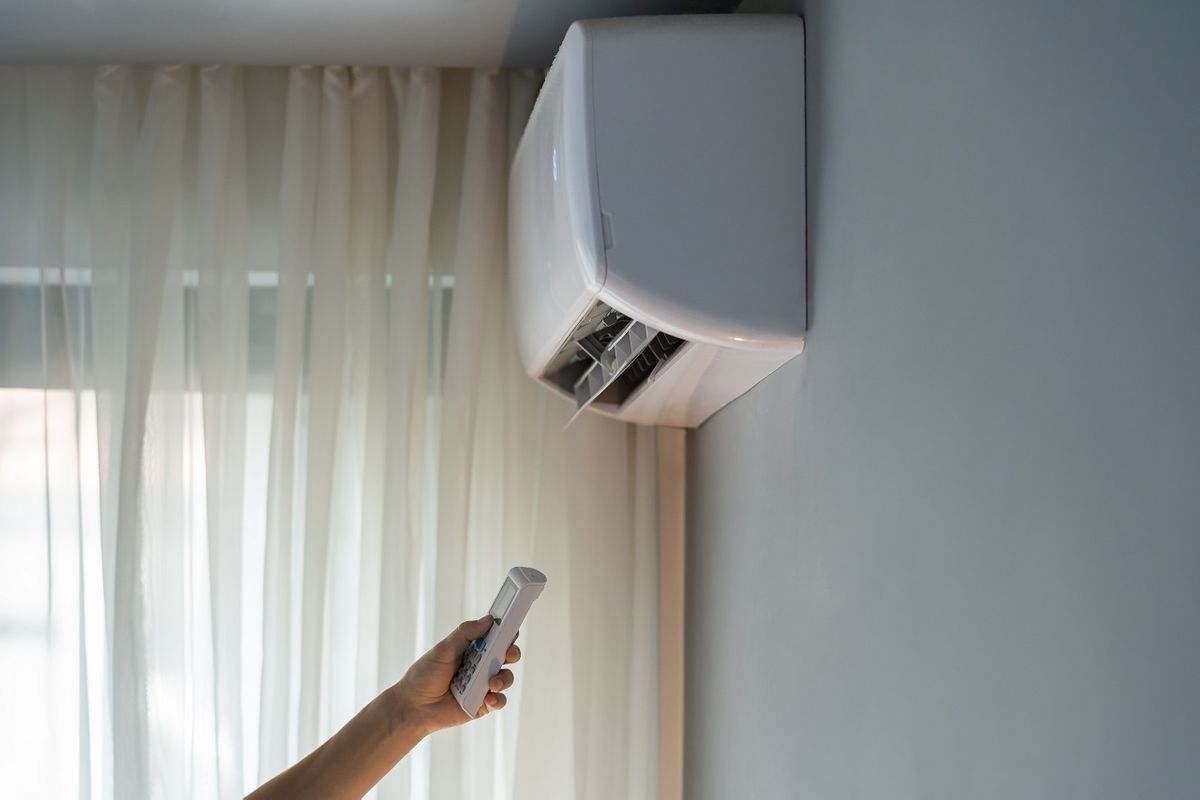
The Ultimate Guide to Indoor Air Quality: Tips for Improving and Maintaining a Healthy Living Environment
Indoor air quality plays a critical role in your home's overall comfort and the health of its inhabitants. With many Americans spending a significant amount of time indoors, safeguarding your living environment from pollutants and allergens is essential for your family's well-being. Poor indoor air quality can exacerbate allergy symptoms, trigger asthma attacks, and even contribute to long-term health problems like respiratory issues and heart disease. By understanding the factors that affect indoor air quality, implementing best practices for maintaining clean air, and exploring the benefits of air purification systems, you can create a comfortable and healthy living space for you and your loved ones. In this ultimate guide to indoor air quality, we will delve into the primary causes of air pollution in your home, share expert tips to improve your home's air quality, and provide insights into choosing and maintaining an air purification system compatible with your needs.
Indoor air pollution can arise from a variety of sources, including building materials, household products, cooking activities, pet dander, and outdoor pollutants like pollen. Volatile organic compounds (VOCs) emitted from products like paints, solvents, cleaning agents, and even some furnishing materials can compromise your home's air quality and pose health risks. Additionally, high humidity levels and poor ventilation can exacerbate indoor air pollution, leading to mold growth, increased concentrations of pollutants, and reduced air circulation.
Fortunately, there are numerous steps you can take to improve your home's air quality, such as regularly cleaning and vacuuming, maintaining proper ventilation, controlling humidity levels, using low-VOC products, and incorporating air purifiers. Effective air purification systems can significantly reduce allergens, bacteria, and hazardous air pollutants, resulting in a cleaner and fresher living environment for your family.
Embark on a journey to better indoor air quality and discover how to keep your home's air clean and healthy for you and your loved ones. Let's dive into the world of air purification and transform your living environment into a sanctuary of clean, refreshing air.
Common Indoor Air Pollutants and Their Sources
To begin our journey toward better indoor air quality, it's essential to familiarize ourselves with the common pollutants that may be present in our homes. Some of the most prevalent indoor air contaminants include:
1. Volatile Organic Compounds (VOCs): VOCs are chemicals emitted by various household products, such as paints, cleaning supplies, plastics, and some building materials. Prolonged exposure to VOCs can cause irritation, headaches, dizziness and, in some cases, even organ damage.
2. Biological Contaminants: This category encompasses allergens like pet dander, mold spores, dust mites, and pollen. These substances can trigger allergy symptoms and asthma attacks, as well as other respiratory issues.
3. Combustion Pollutants: These pollutants are produced by burning materials like tobacco, wood, and natural gas and can include carbon monoxide and nitrogen dioxide. Combustion pollutants can be harmful to human health, causing headaches, dizziness, fatigue, respiratory issues, and heart problems.
Best Practices for Maintaining Clean Indoor Air
With a clear understanding of common indoor air pollutants, let's explore the best practices you can adopt to ensure a clean and healthy living environment.
1. Regular Cleaning: Frequent dusting, vacuuming, and mopping can significantly reduce the accumulation of common allergens like dust and pet dander. Use a vacuum cleaner with a HEPA filter for optimal allergen removal.
2. Proper Ventilation: Good ventilation is vital for maintaining fresh, clean indoor air. Ensure that your home has an adequate exchange of outdoor and indoor air by opening windows and utilizing exhaust fans in kitchens and bathrooms.
3. Humidity Control: Maintain humidity levels between 30% and 50% to inhibit mold growth and discourage dust mite proliferation. Use a dehumidifier or air conditioner to help control humidity in your home.
4. Low-VOC Products: Opt for low-VOC paints, cleaning supplies, and building materials to minimize your exposure to harmful chemicals. Look for products certified by reputable organizations like Green Seal or EcoLogo.
Investing in Air Purification Systems
Air purifiers can be an invaluable addition to your home, helping to remove allergens, bacteria, and hazardous air pollutants for cleaner, fresher air. When selecting an air purifier, it's crucial to consider several factors and features:
1. Type of Filter: The filter type affects the air purifier's ability to capture various pollutants. HEPA filters capture 99.97% of airborne particles 0.3 microns in size, making them highly effective for allergen removal. Activated carbon filters help reduce VOCs and odors.
2. Room Size: Choose an air purifier with a Clean Air Delivery Rate (CADR) suitable for the size of your intended room. The CADR measures the purifier's effectiveness at removing specific pollutants and should be equal to or greater than two-thirds of the room's square footage.
3. Noise Level: Consider the noise level of the air purifier, especially if you plan to use it in a bedroom or other quiet living space.
4. Energy Efficiency: Look for an air purifier with an ENERGY STAR certification to ensure you're investing in an energy-efficient model that won't inflate your energy bills.
Maintaining Your Air Purification System
To ensure optimal performance and maintain clean indoor air, be sure to properly care for your air purification system through periodic maintenance:
1. Filter Replacement: Replace filters according to the manufacturer's recommendation to keep your air purifier functioning effectively. Failing to replace filters can result in decreased air quality and poor performance.
2. Routine Cleaning: Regularly clean the air purifier's exterior and any washable filters or pre-filters to maintain optimal efficiency.
3. Proper Placement: Position your air purifier in a location where it can effectively capture pollutants and circulate clean air. Avoid placing it near obstructions, such as furniture or draperies, that could hinder its performance.
Conclusion
Breathing fresh, clean air is essential for maintaining a comfortable and healthy living environment. By understanding the factors affecting indoor air quality and implementing best practices for air purification, homeowners can create a sanctuary of clean air for themselves and their families. Investing in efficient air purification systems, along with consistent cleaning, ventilation, humidity, and chemical control, leads the way toward a happier, healthier home. Take charge of your home's indoor air quality and transform your environment into a space that supports your family's health and well-being for years to come. Contact My Jockey, a trusted local HVAC company today!
